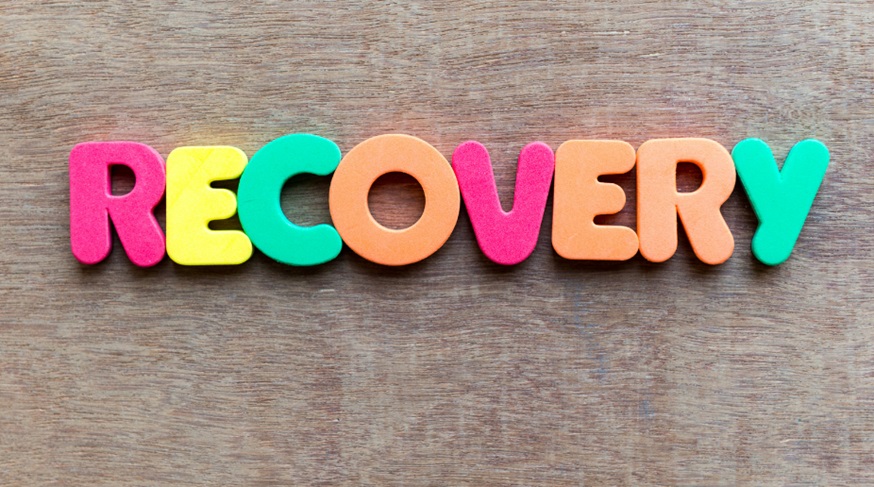Better Muscles Means a Lot for Better health: A Word

If you want to build muscle or keep the muscle you currently have, learn about the various benefits of bulking up on muscle retention. The advantages and disadvantages of muscle mass, the risks associated with ageing-related muscle atrophy, the many methods for assessing muscle mass, and methods for acquiring a high muscle mass will all be discussed.
Since muscle is heavier than fat, if you’ve increased your exercise but haven’t lost any weight, it may be an indication that you’re gaining lean muscle mass. If so, keep up the fantastic work!
What actions can you do if your muscle mass is poor or you wish to boost it? This article will discuss how much muscle you currently have, why it matters, and how you can add more muscle. You can also use programs like Thrive to help support your muscle performance. Learn more about what is Thrive and other similar programs to see if they’re right for you.
What exactly does having a lot of muscle mean?
The total mass of a person’s muscles, including their cardiac and smooth muscle mass, is made up of all of their striated and unstriated muscle. It’s one method of evaluating your body composition with factors like bone mass and fat mass.
Skeletal muscle is made up of myofibers, which are joined to one another and covered with a connective tissue called epimysium. Skeletal muscle is composed of cellular units called myofibers.
Depending on how big the fascicle is, there are anywhere from 20 to 80 muscle fibres within. Beyond the epimysium lies a kind of connective tissue called fascia, which divides muscles. Muscles and the accompanying bone attachments are joined by tendons.
How is the ratio of muscle to fat in a body determined?
These two names are often used interchangeably despite having quite distinct meanings. Your total body weight minus the weight of your organs, bones, skin, and water equals your lean body mass. Lean muscle mass also matters. It is, to put it simply, everything on your body except fat. Only the weight of your muscles is referred to as muscular mass.
How do you measure the size of your muscles?
In clinical and doctor’s office settings, many techniques may be used to measure muscle mass. Another method is the body mass index (BMI), which may be misleading since it underestimates the loss of lean body mass.
Body fat percentage, magnetic resonance imaging (MRI), and a method used for the US military may all be used to measure muscle mass. To estimate their muscle-to-fat ratio at home, one may use a smart scale that tracks body composition.
In the case of chronic illnesses, muscle mass may possibly play a role in disease prevention. Increasing your muscle mass may also benefit you in your daily activities by providing you more energy and making your muscles stronger.
The dangers of low muscle mass on one’s health
Unfortunately, research suggests that reduced muscle mass may have negative effects on health. Implications of low muscle mass throughout the continuum of care was the subject of a review study that examined the implications of having a low muscle mass and was published in the Annals of Medicine. The risk of surgery and complications after surgery, the amount of time spent in the hospital, the impairment of physical function, the decline in quality of life, and the possibility of death are all raised in those with low muscle mass.










